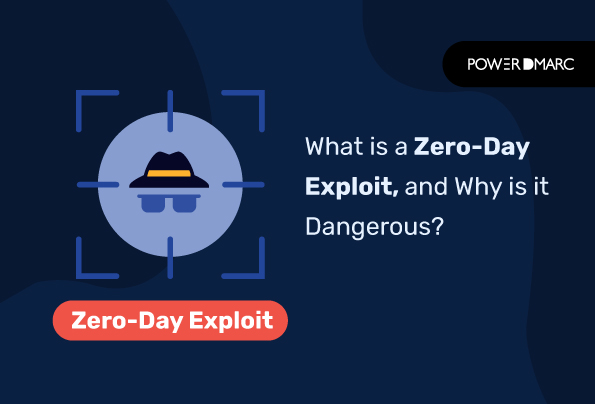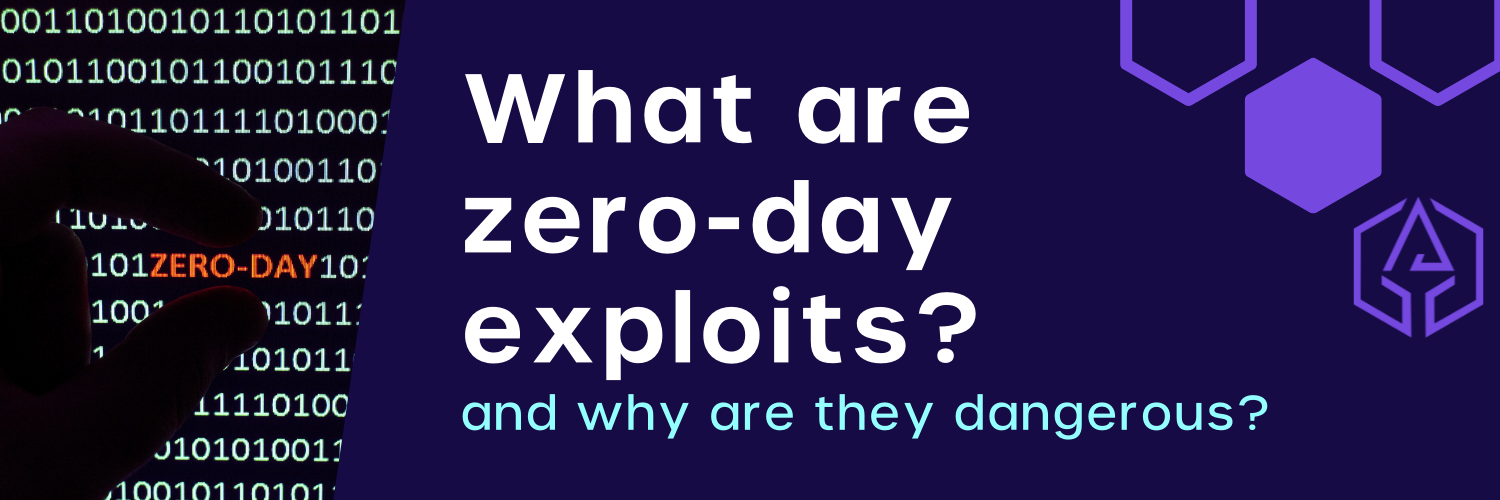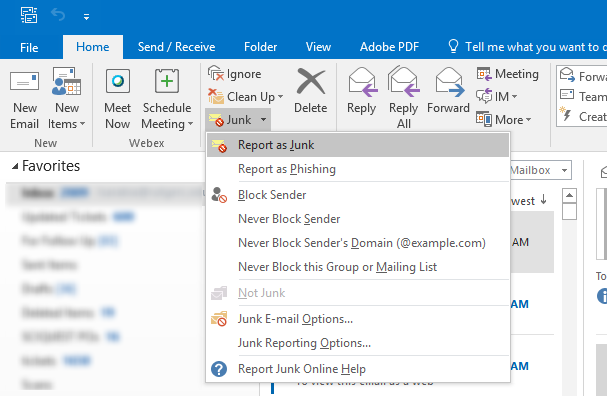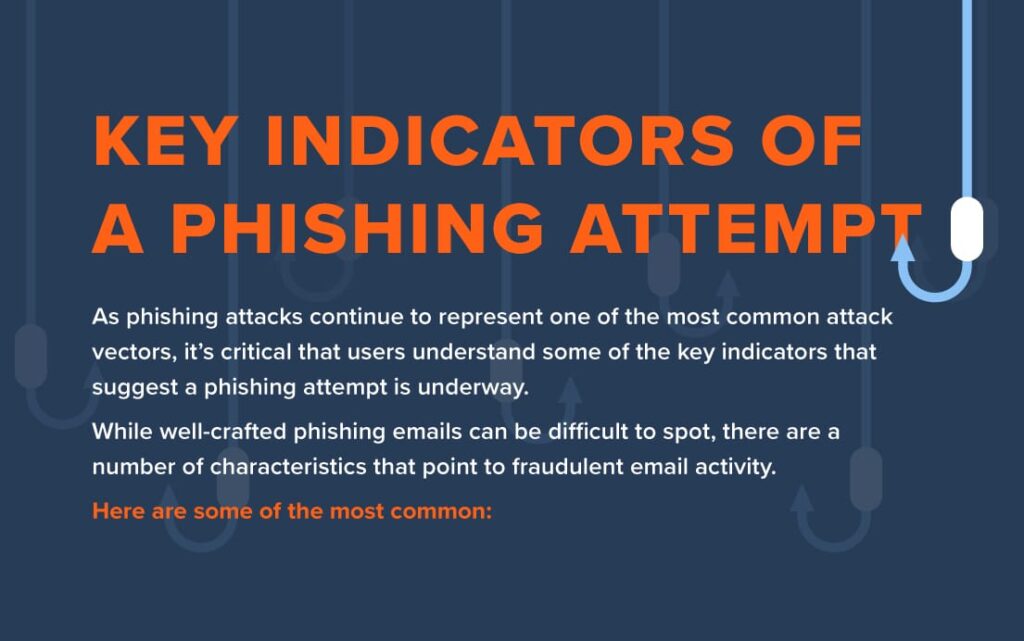Zero-day exploits are some of the most dangerous types of cyber-attacks that exist. These attacks occur when a malicious actor takes advantage of a software vulnerability that has not yet been identified or patched. Understanding the unique characteristics of zero-day exploits can help organizations better protect their systems against these potentially devastating attacks.
Zero-day exploits are particularly dangerous because of the stealthy nature in which they are conducted. In most cases, a zero-day exploit is initiated before the vulnerability has been identified or patched, leaving the target system open and vulnerable to attack. Attackers can take advantage of this window to gain access to sensitive data, install malicious software, or cause other types of damage without detection.

What are Zero-Day Exploits?
Zero-day exploits are security vulnerabilities in software or hardware that are unknown to the vendor. They are typically discovered by hackers or security researchers, who then use them to gain unauthorized access or to take control of a system. These exploits can be used to launch malicious attacks, steal data, or cause other harm.
What Makes Zero-Day Exploits So Dangerous?
No Known Fixes
One of the main reasons why zero-day exploits are so dangerous is that there is no known fix for them. Since the vulnerability is unknown to the vendor, there isn’t a patch or security update available to protect against the exploit. This means that users and organizations are vulnerable to attack until the exploit is discovered and a fix is released.
Widely Available
Another reason why zero-day exploits are so dangerous is that they are widely available. Once the exploit is discovered, hackers can easily share it with other malicious actors, making it easier for them to launch attacks. Furthermore, the exploit can be used on multiple systems, increasing the potential damage. Additionally, the exploit can be sold on the black market, allowing anyone with enough money to purchase it and use it for malicious purposes.
Highly Effective
Zero-day exploits are also highly effective. Since they are unknown to the vendor, they are much more likely to be successful than other types of attacks. Additionally, the exploit can be used to gain access to sensitive data or take control of a system, making it a powerful tool for attackers.
Difficult to Detect
Finally, zero-day exploits are difficult to detect. Since the vulnerability is unknown, traditional security measures may not be able to detect the exploit. Furthermore, the exploit can be used in a variety of ways, making it difficult for security teams to identify and stop the attack.
Frequently Asked Questions
Zero-day exploits are malicious programs that exploit previously unknown software vulnerabilities, allowing attackers to gain access to a network or system. They are some of the most dangerous cyber threats facing organizations today. Read on to find out what unique characteristics of zero-day exploits make them so dangerous.
What is a zero-day exploit?
A zero-day exploit is a malicious program that takes advantage of previously unknown software vulnerabilities. This allows attackers to gain access to a network or system. Zero-day exploits are identified by the fact that they are released before the software vendor is aware of the vulnerability, often before any security patches have been released.
Why are zero-day exploits so dangerous?
Zero-day exploits are particularly dangerous because they are released with no warning and can exploit a vulnerability that is unknown to the software vendor. As such, the vendor has no way of preparing or responding to the exploit. This means that organizations may be left vulnerable to the exploit until a patch is released, which can take days or even weeks.
What are the consequences of a zero-day exploit?
The consequences of a zero-day exploit can be serious. If an attacker is successful in exploiting the vulnerability, they could gain access to sensitive data or systems. This could result in the loss of confidential information or a disruption of services. The longer an attacker has access to a system, the more damage they can do.
What can be done to prevent zero-day exploits?
Organizations can take steps to reduce the risk of zero-day exploits. It is important to keep software and systems up to date with the latest patches and security updates. It is also important to have a robust security policy in place that outlines the steps to be taken in the event of a breach. Finally, organizations should regularly monitor for suspicious activities on their networks.
What are the common methods used to exploit zero-day vulnerabilities?
Common methods used to exploit zero-day vulnerabilities include phishing, malware, and social engineering attacks. Phishing attacks involve sending emails with malicious links or attachments that can be used to gain access to a network. Malware attacks involve sending malicious software that can exploit vulnerabilities in the system. Social engineering attacks involve using deception or manipulation to gain access to a system.

Zero-day exploits are a major concern for businesses and individuals around the world. By exploiting unknown software vulnerabilities, malicious actors can gain access to sensitive systems and data. What makes them so dangerous is their ability to bypass traditional security measures and the speed at which they can be deployed.
Zero-day exploits can cause serious and lasting damage to organizations and individuals. As such, organizations should take steps to mitigate the risk associated with these vulnerabilities. By implementing proactive security measures, organizations can reduce their risk and ensure their systems and data remain safe.



